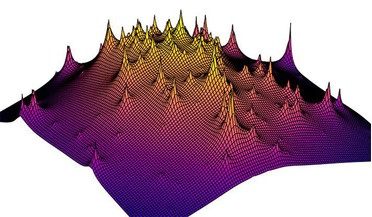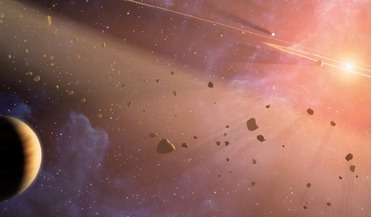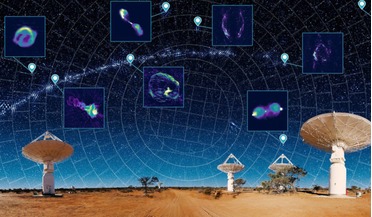 03 March 2017
Dark Matter Map revealed by researchers
03 March 2017
Dark Matter Map revealed by researchers
...of high-resolution simulations known as the Illustris suite that mimics structure formation in the universe and includes processes such as gravity, the hydrodynamics of gas, star formation and feedback processes to compare with their lensed data. The...
 August 2020
Revisiting the Drake Equation - a cultural addendum
August 2020
Revisiting the Drake Equation - a cultural addendum
... civilizations in our galaxy with which communication might be possible, and; R* = the average rate of star formation in our galaxy; fp = fraction of those stars that have planets; ne = the average number of planets that can potentially support life...
 July 2016
Plasma Crystals - from space research to medicine on Earth and back to space again
July 2016
Plasma Crystals - from space research to medicine on Earth and back to space again
... plasma, both naturally occurring in space and man-made. In space we have the stars (giant plasma balls), supernovae (exploding plasma clouds), star formation regions (cold partially ionised plasmas), the interstellar medium (very tenuous hot plasma...
 02 December 2020
Astronomers map a million previously undiscovered galaxies in record time
02 December 2020
Astronomers map a million previously undiscovered galaxies in record time
... a normal night sky vista CSIRO says, but instead of stars, the millions of bright specks captured on the panorama are distant... world to explore the unknown and study everything from star formation to how galaxies and their super-massive black holes ...
 21 June 2021
Astronomers using GBT discover previously unknown huge galactic structure
21 June 2021
Astronomers using GBT discover previously unknown huge galactic structure
... (ISM) - the vast, cold regions of space between stars. The most prominent is molecular hydrogen (H2). Despite being the ... than previously expected; a finding that has implications for star formation theories, as well as the structure, make-up, and ...